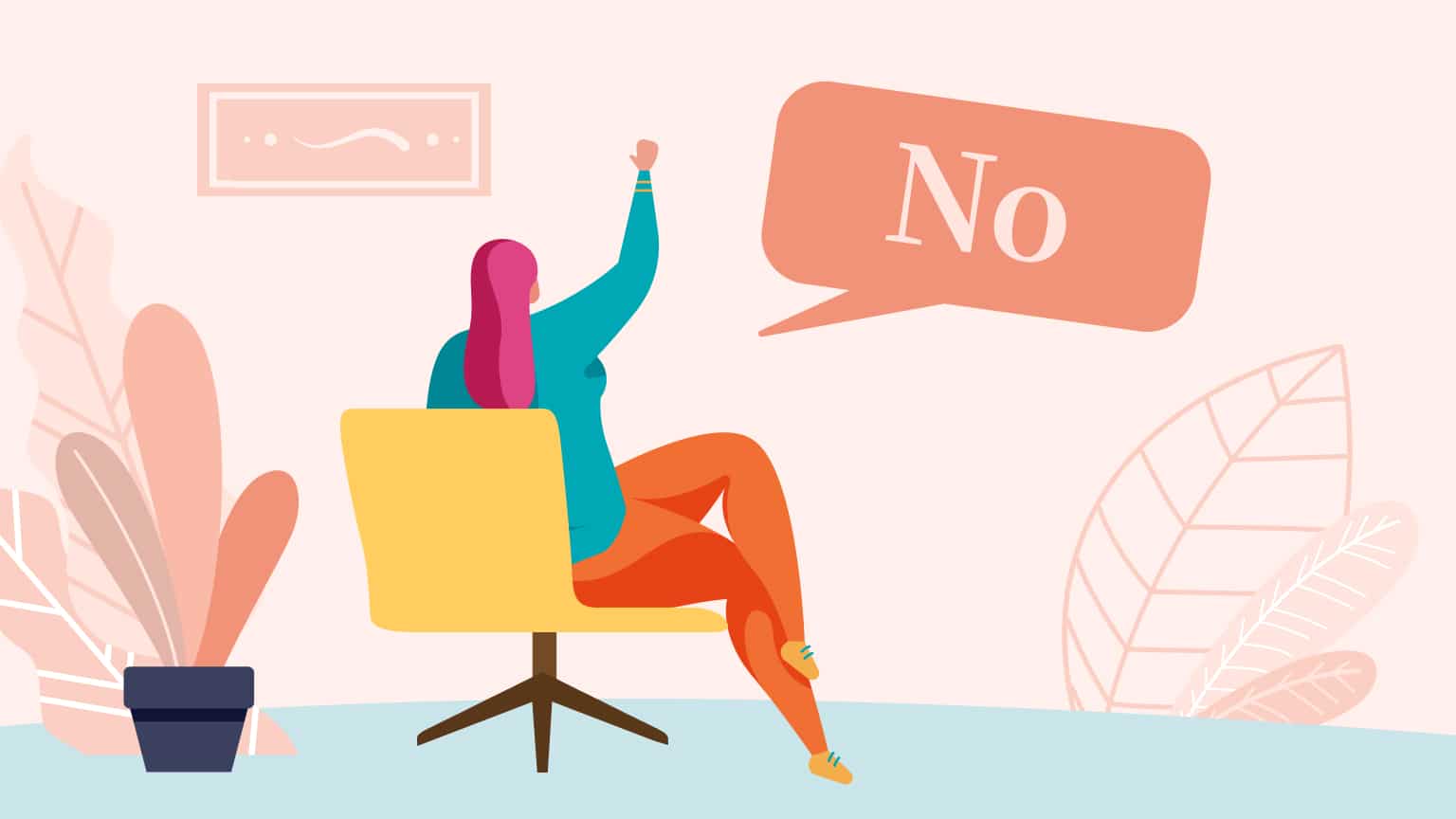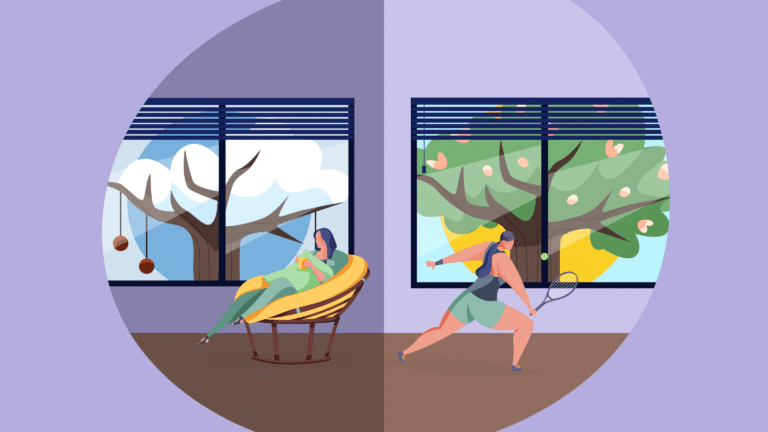In general, we’d rather not say no – but why is that? Why do we sometimes say yes when we don’t actually want to? And how to say no in a positive way (and without feeling guilty)?
Why don’t we like saying no?
There are various reasons why we might find it hard to say no and find ourselves saying yes instead. It’s all to do with our need to belong and feel connected to other people. Saying “no” appears to contradict this need.
We’d rather not say no to other people because we want everyone to think we’re nice. In addition, we prefer to avoid confrontations and conflict, we don’t want to hurt other people’s feelings and we don’t want to disappoint people by saying no.
Finally, we live in a society that places an emphasis on saying “yes”, where you don’t want to miss any opportunities to get the most out of our lives and careers. Saying “no” doesn’t seem compatible with this.
There’s a certain logic here (because saying “yes” leads to opportunities and challenges) but it’s also a logic that puts you under a lot of pressure. It’s okay to take a calmer approach and to let certain opportunities pass you by.
Saying no is a skill (and you can learn it)
Saying yes is something you do almost automatically. You’ve said it before you’ve even realised what’s happening, even if you actually wanted to say no. This is often particularly true for women. How can you get yourself to say no in the moment, even when it maybe feels unnatural, uncomfortable or nerve-wracking?
Practice with little things
Saying no can feel like a big deal if you never do it. It helps to practice with little, unimportant things, so you can get used to it. For example, try refusing your receipt at the supermarket or saying no to a waiter who asks you if you want another drink.
Tip: You can also practice and learn to say no with the help of one of our psychologists. Together you’ll look at why you’re finding it so difficult to say no and how you can adjust your behaviour.
Give yourself time
Let yourself take a beat before giving your answer. You can do this by taking a breath, stepping outside for a moment, or saying to the person: I’m going to think about that for a while and get back to you later.
This way you’re giving yourself time to consider whether this thing fits into your schedule/sounds fun/is worth your while, and you’ll be able to offer an intentional reply.
💡 Are you a people pleaser? How to get better at choosing yourself
Offer an alternative
Sometimes you’re not able to help a person with their request right now, but you will be available at some point in the future. Or you can help the person in a different way. In this case, offer an alternative.
Let them know that this doesn’t fit into your schedule right now, but you will have time next month. Or tell them that you’re too busy, but you can pass the request along to another colleague.
You don’t have to explain
Remind yourself that just saying “no” is enough. You don’t have to explain why you’re saying no. What’s more: arguing about why you can’t do something just gives the other person an opportunity to persuade you otherwise.
Research shows that people who give an excuse find it harder to get out of things than people who don’t offer an explanation.
Try out one of the phrases below:
- “Unfortunately, I can’t.”
- “Thanks, but unfortunately that doesn’t work for me.”
- “Sadly, I’m going to have to turn this down.”
- “Sorry, but I’m otherwise engaged.”
- “No, I don’t feel comfortable with this.”
- “That’s not convenient for me.”
- “No, I don’t want to do that.”
Be clear and respectful
In addition, it helps to remain respectful when you’re saying no and to look the person in the eye. Clarity also plays an important role. A short and clear answer (no with a short explanation) comes across as stronger and more authoritative than a long story where you keep saying sorry.
Say no in a timely manner
Have you noticed that you often wait till the last moment to cancel on people? This can be a consequence of saying yes too much. Let people know in a timely manner that you can’t do something or that you don’t have the time. This is better than telling someone at the last minute that you’re not going to make it.
And sometimes…say yes
Sometimes you’d rather not do something but “yes” is still the best answer. This might be because it will pay off in the future, for example, or because the person simply means a lot to you. Be prepared to make compromises where necessary.
Remind yourself that you sometimes have to make an effort and go the extra mile because it helps you progress. This is true in your career, but also in friendships and relationships. This article from the Harvard Business Review will help motivate you to do things you don’t want to do.
👉 Learn more about setting boundaries: How Can You Get Better at Setting Boundaries?





